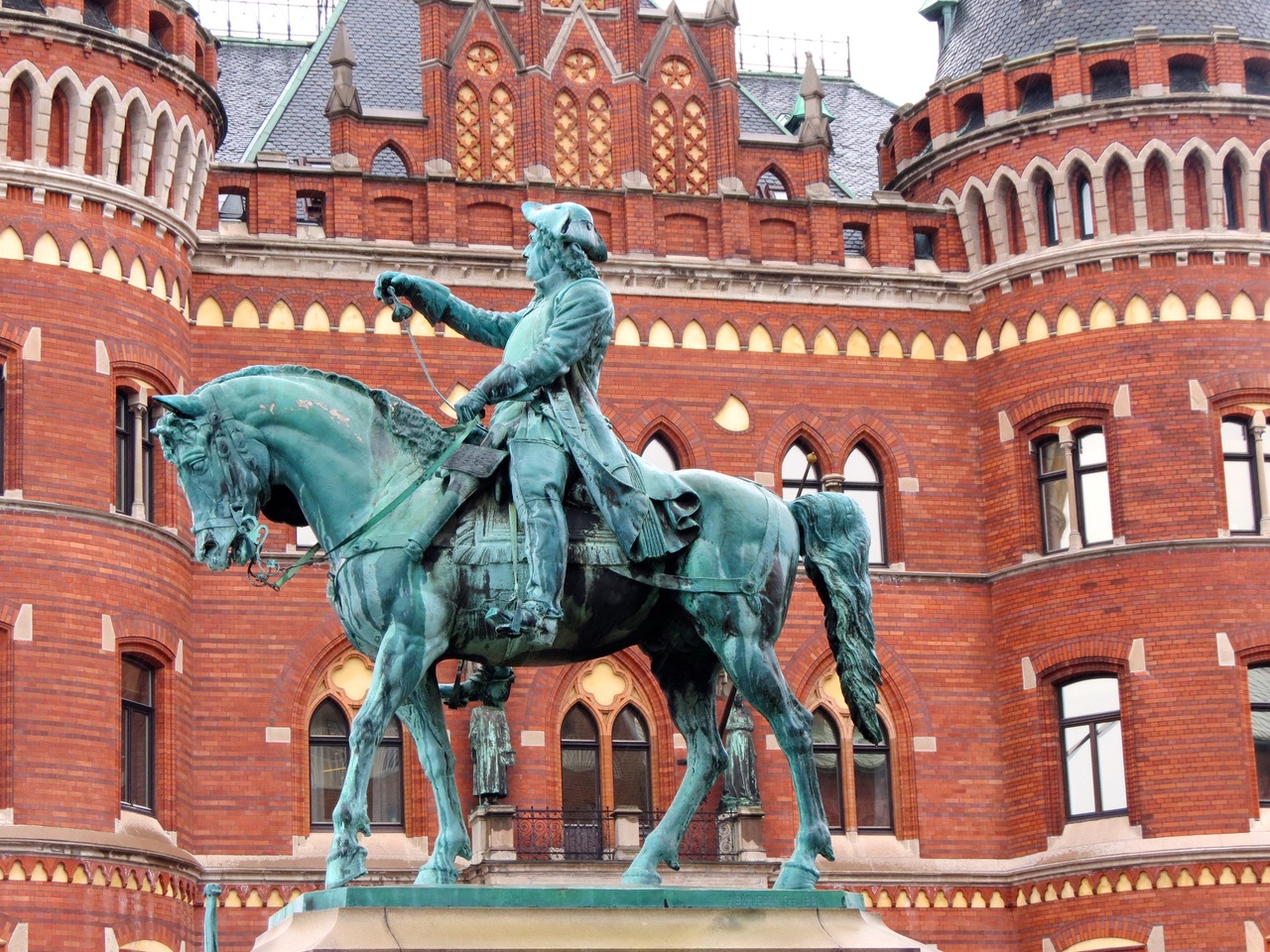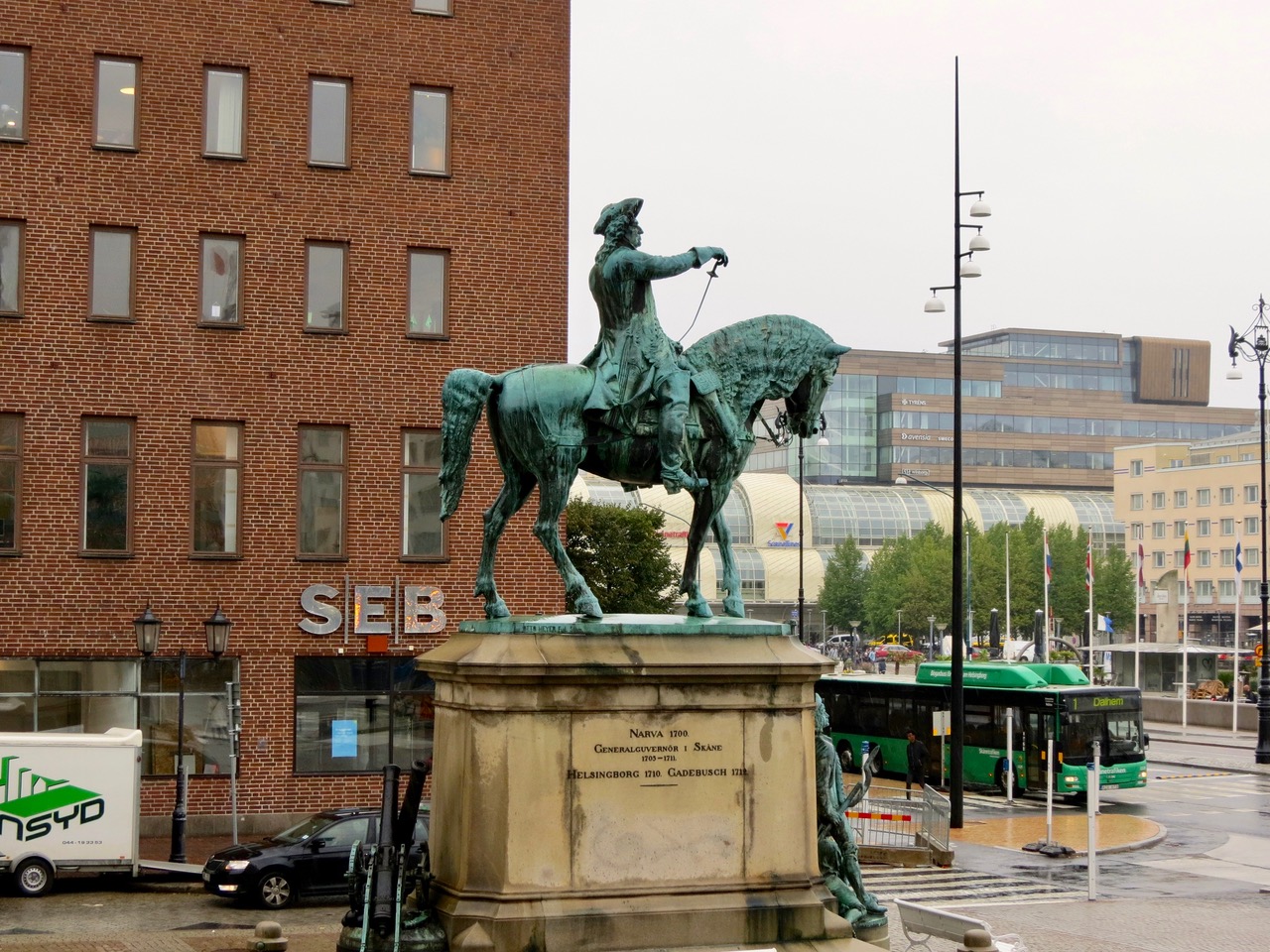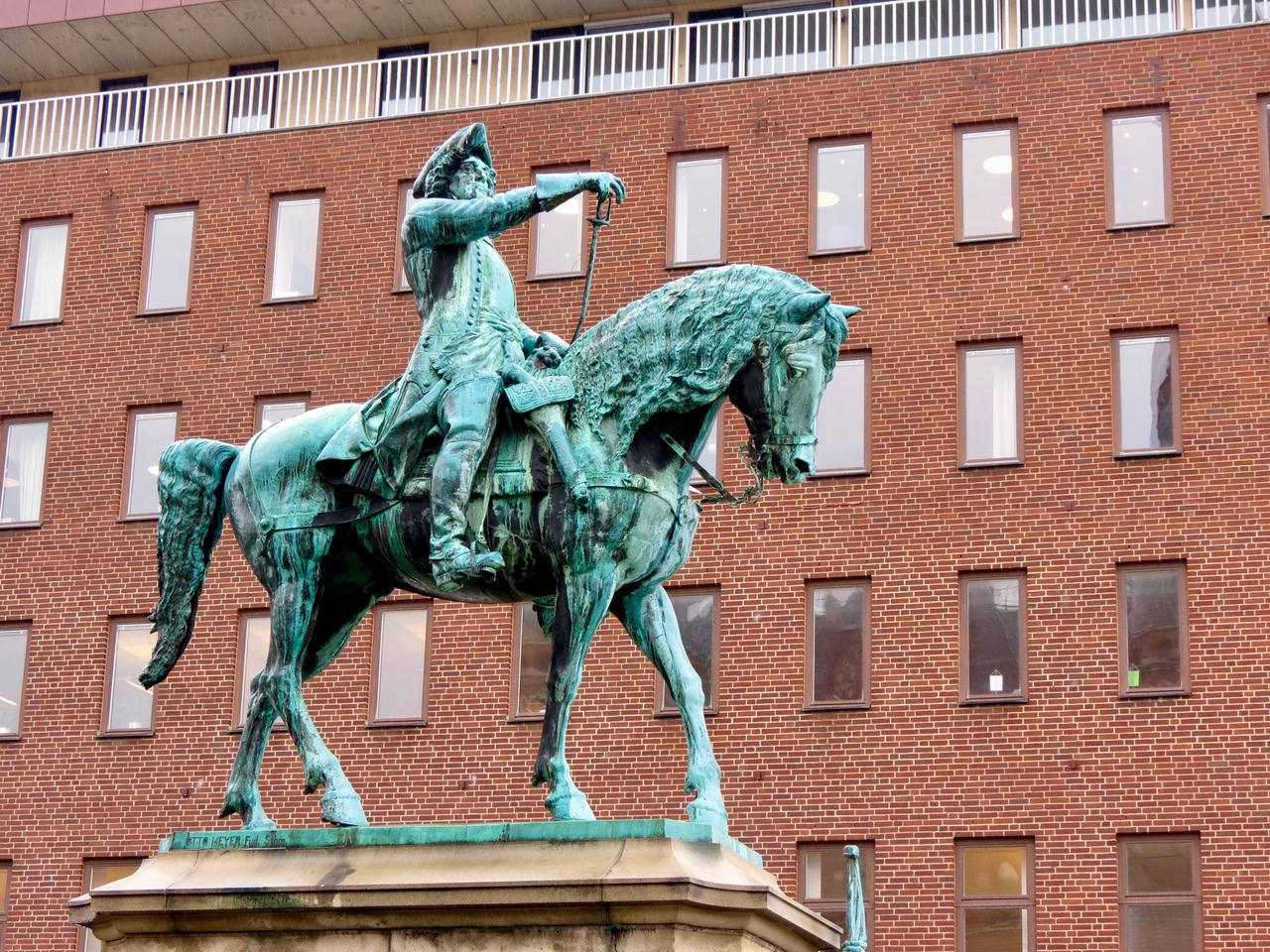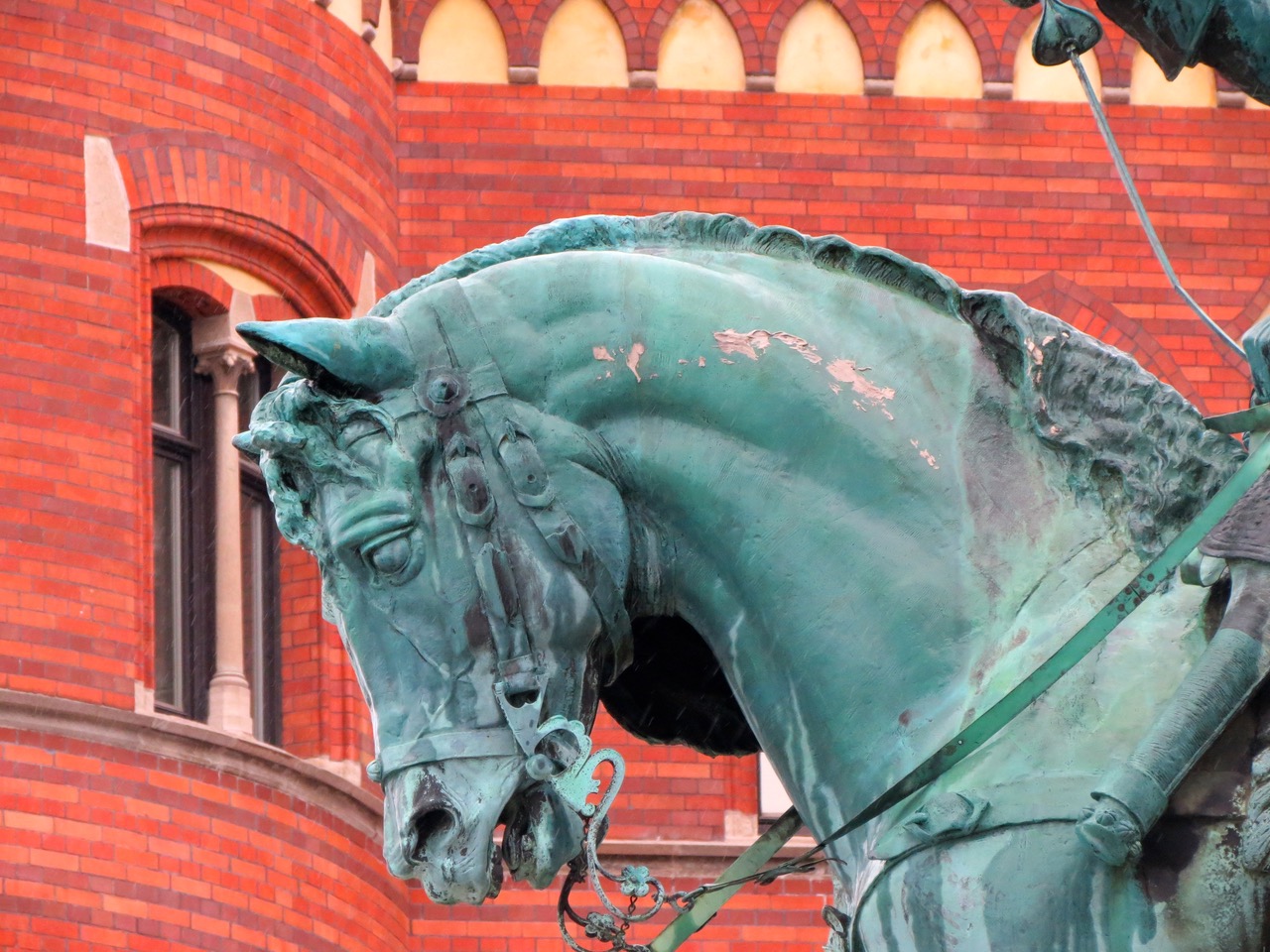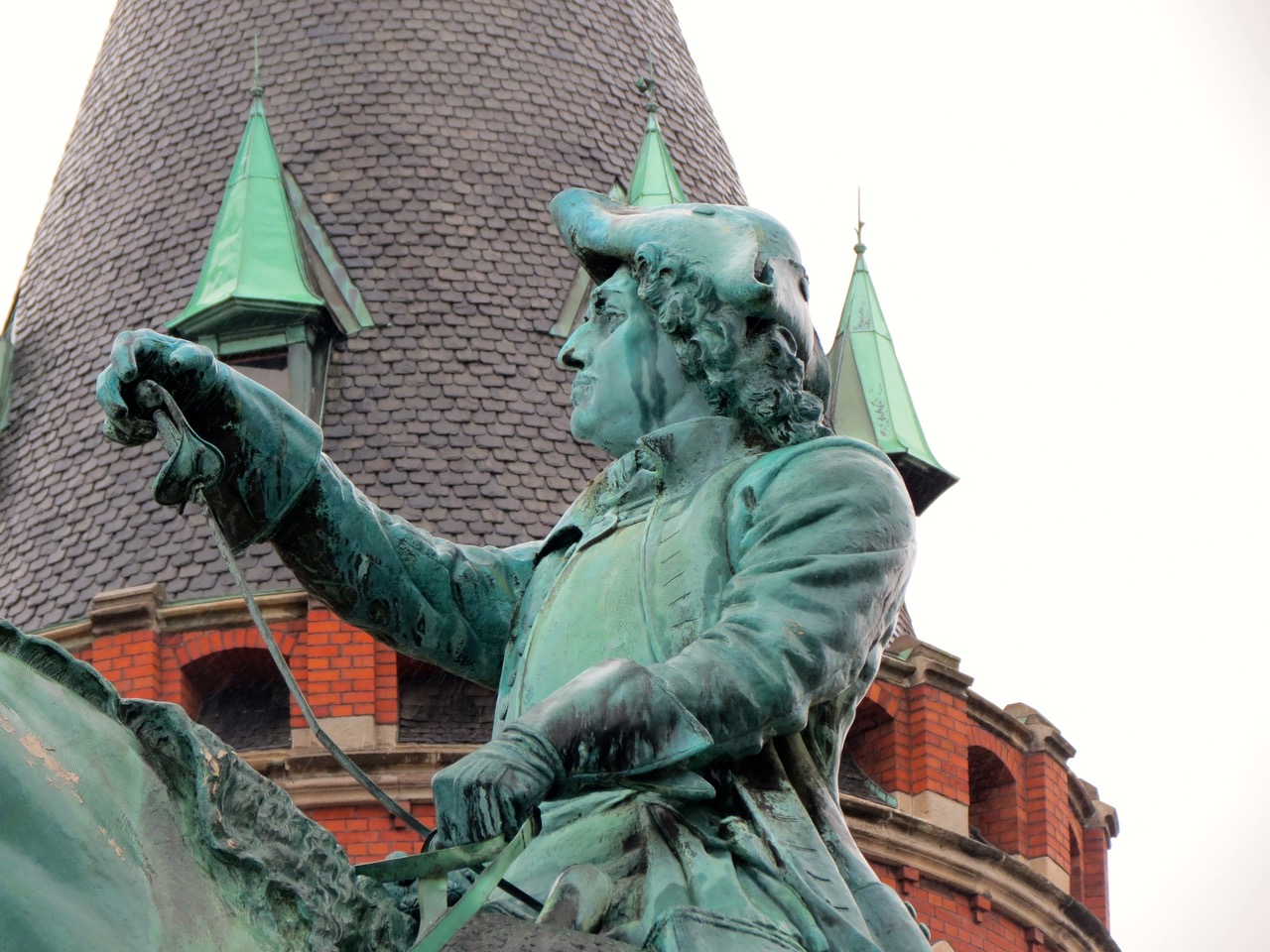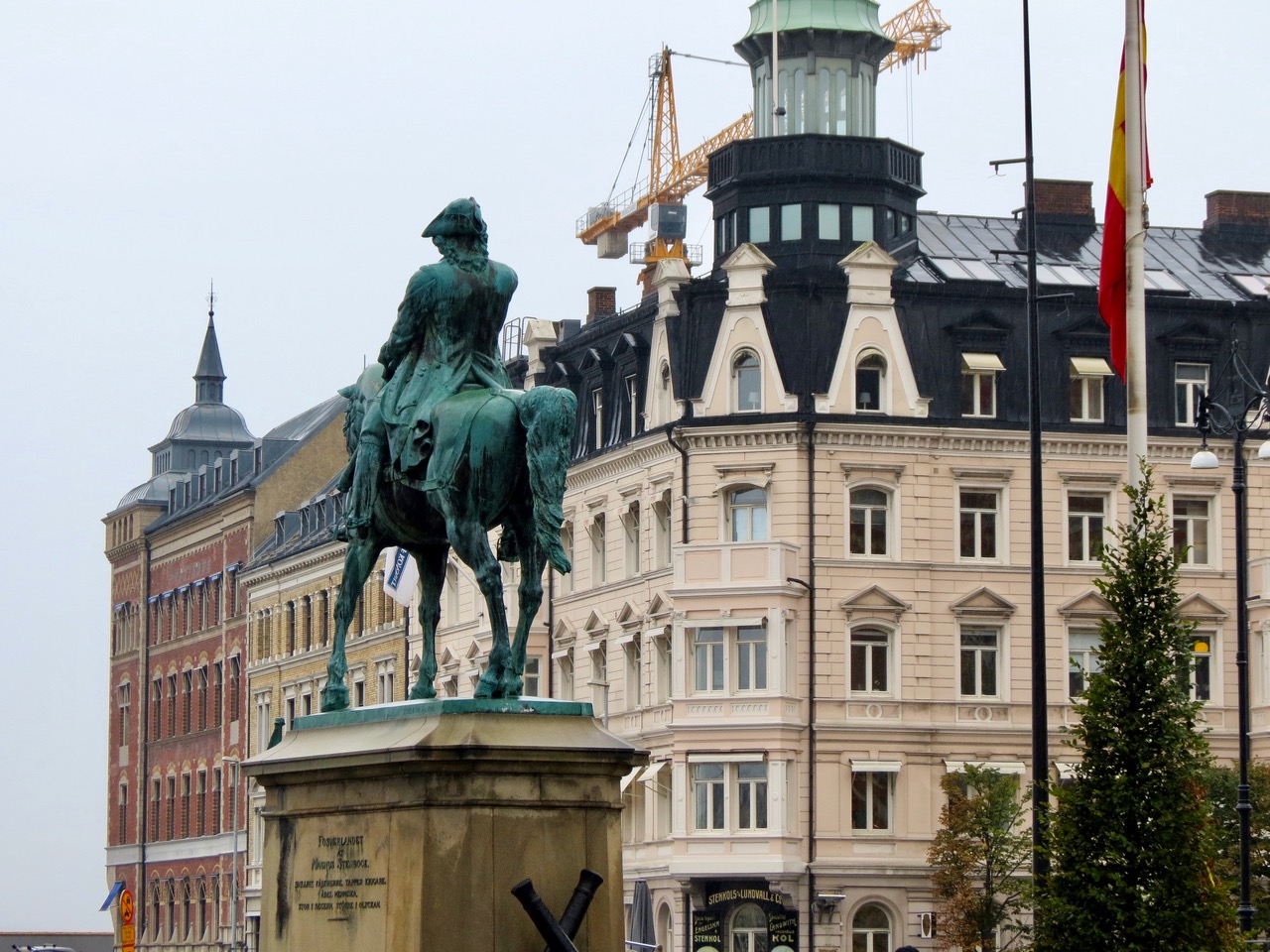- CountrySweden
- Town:Helsingborg
-
Year of creation:1901
- Rider(s):Stenbock, Magnus
(1665 –1717) was a Swedish military officer at the time of the Great Northern War.
He was educated at Uppsala and at Paris. During the Nine Years’ War he was employed not only in the field but also as a confidential agent in diplomatic missions. In 1703 he fought the successful battle at Pułtusk, and three years later, having reached the rank of general of infantry, was made Governor-General of Scania.
He led the Swedish troops to victory in the Battle of Helsingborg (1710), the last battle between Denmark and Sweden in Scania.
He was a great favorite with Charles XII in the earlier campaigns, but later the two drifted somewhat apart. It is recorded that the king, before whom another general accused Stenbock of drunkenness, replied that Stenbock drunk was more capable of giving orders than this general sober.
Stenbocks’ activities were not confined to war and diplomacy; the University of Lund was under his care as Chancellor for some years, and he had no mean skill as a painter and a poet. He became Privy Councillor in 1710, and Charles gave him his field marshal’s baton in 1712.
He won the Battle of Gadebusch, but numbers prevailed against him in the end. Cut off at the Siege of Tönning, he was forced to surrender after a gallant resistance, and passed into captivity. During his captivity he produced extraordinary fine ivory miniatures, which often included referrals to the number 51 — a reference to Psalm 51, “Have mercy on me, O God.” He died in Copenhagen, after five years of harsh treatment.
(source Wikipedia)
- Sculptor(s):Börjeson, Johan
(1835-1910) was a Swedish sculptor.
